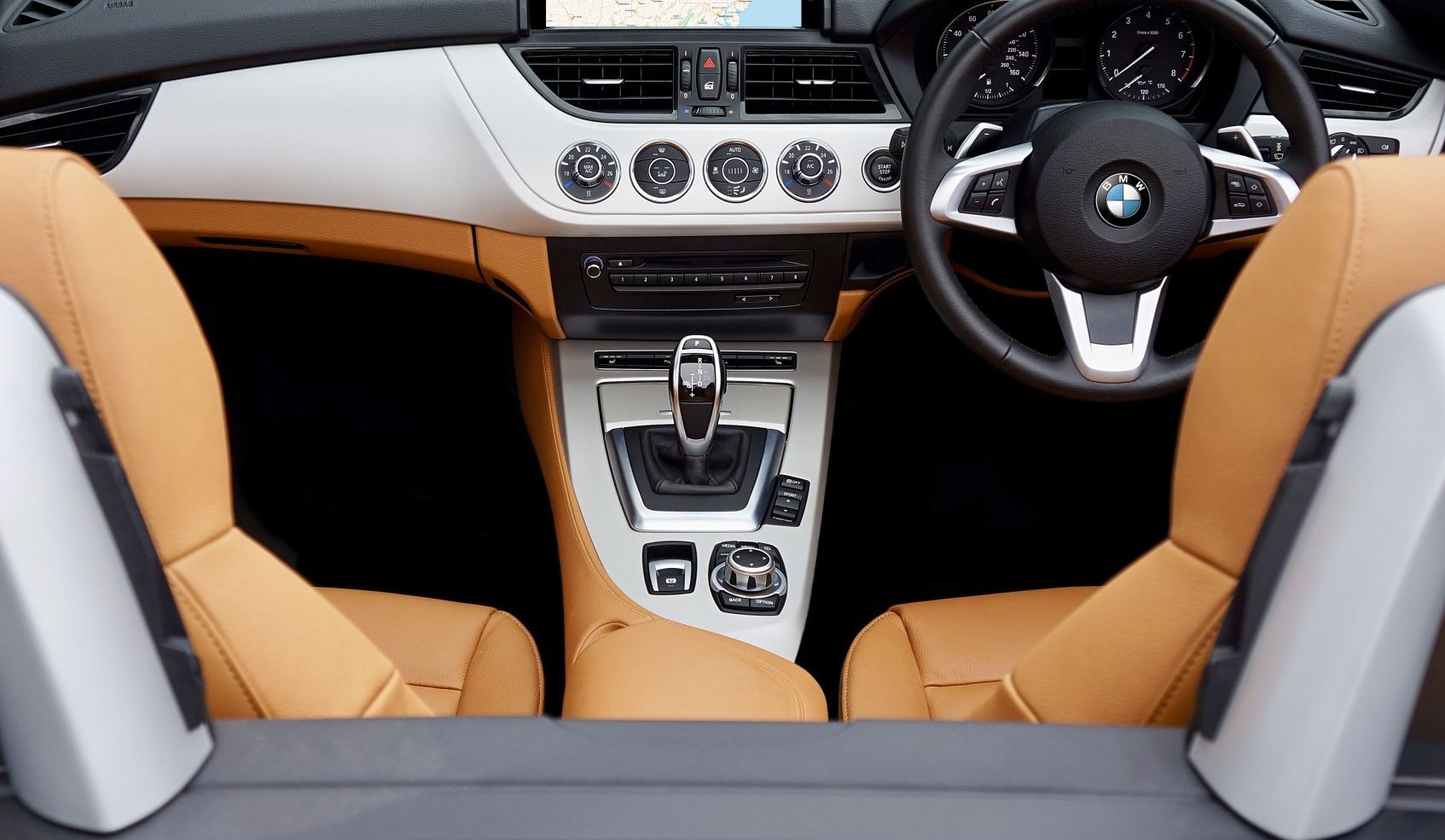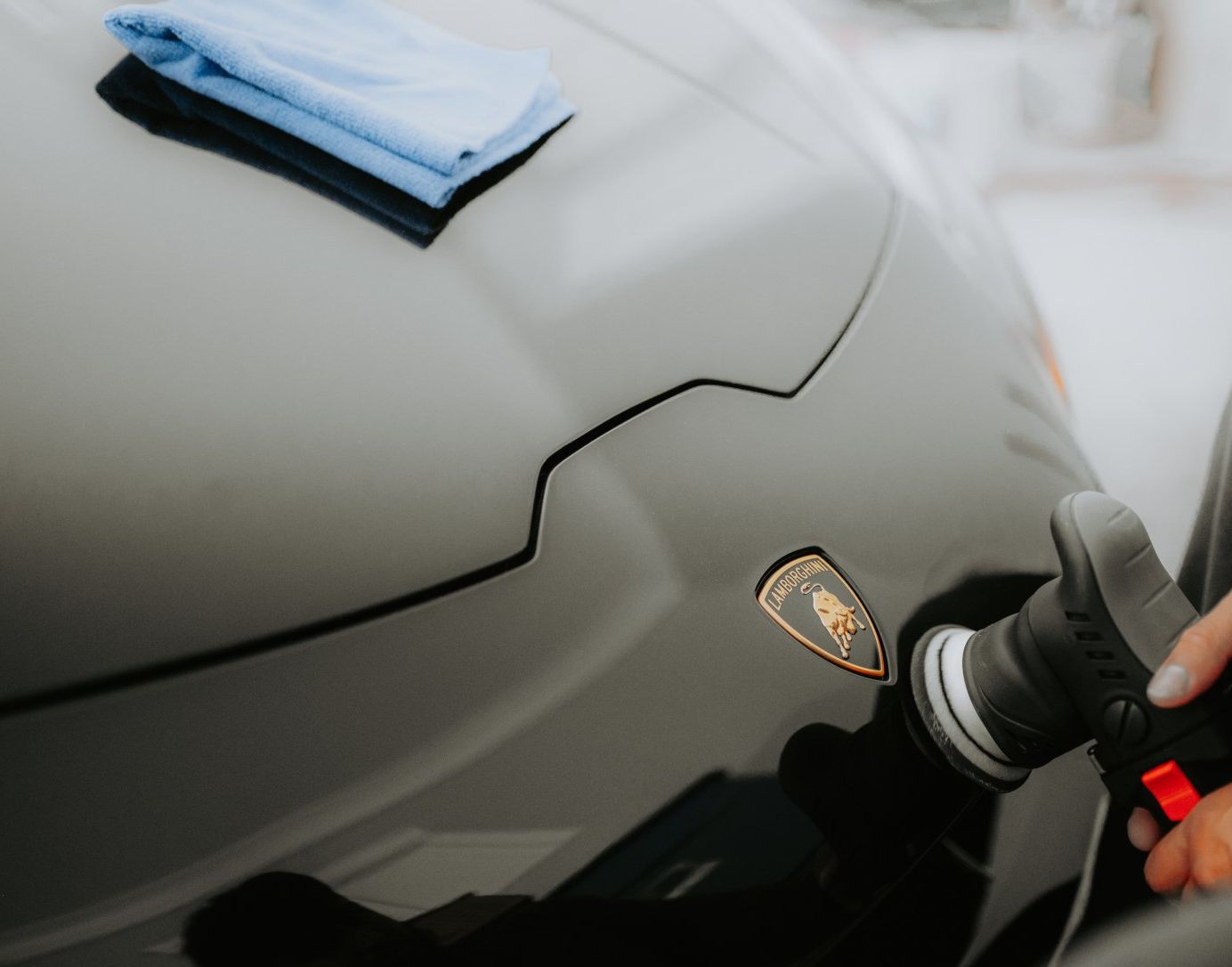The Dos and Don'ts of Auto Detailing: A Comprehensive Guide
Auto detailing is an art form that goes beyond the standard car wash or vacuuming. It involves meticulously cleaning, restoring, and finishing a vehicle's interior and exterior to make it look as close to new as possible. For enthusiasts and professionals alike, proper detailing can add value and longevity to a vehicle. In this comprehensive guide, we'll discuss the dos and don'ts of auto detailing to help you get the best results.
Do: Equip Yourself with the Right Tools and Products
Using the appropriate tools and products is crucial to achieving the best results. Invest in a quality car wash soap, microfiber towels, brushes, and a vacuum cleaner specifically designed for auto detailing. Also, consider using a clay bar, polish, wax, and various applicators to enhance the appearance of your car's exterior. For the interior, use dedicated upholstery and carpet cleaners, as well as leather conditioners and protectants.
Don't: Use Dish Soap or Harsh Chemicals
While dish soap might be great for cutting through grease in your kitchen, it can strip away the protective layers of wax and sealants on your car's paint. Instead, use a pH-balanced car wash soap designed for automotive surfaces. Similarly, avoid using harsh chemicals or abrasive materials that can cause damage to your vehicle's paint, upholstery, and other surfaces.
Do: Wash and Dry Your Vehicle Thoroughly
Before beginning the detailing process, ensure that your car is thoroughly washed and dried. Start by rinsing your vehicle to remove any loose dirt and debris. Then, using a microfiber mitt or sponge, wash the car in sections, starting at the top and working your way down. Rinse each section before moving on to the next to avoid soap residue. Finally, dry your car with a clean, soft microfiber towel to prevent water spots and scratches.
Don't: Detail Your Car in Direct Sunlight or Extreme Temperatures
Detailing your car in direct sunlight or extreme temperatures can lead to uneven drying, water spots, and even damage to your vehicle's paint. Instead, choose a shaded or indoor area with good ventilation and consistent temperature for the best results.
Do: Start with the Interior
Before focusing on the exterior, it's essential to clean and detail your car's interior. Vacuum the carpets and upholstery, remove any stains or dirt from the seats, and clean the dashboard, console, and other surfaces with a suitable cleaner. Don't forget to clean the windows and mirrors with a streak-free glass cleaner.
Don't: Neglect the Small Details
When detailing your car, don't overlook small areas like door jambs, vents, and trim. Use brushes and cotton swabs to clean hard-to-reach areas, and apply a protectant to rubber seals and trim to prevent fading and cracking.
Do: Use the Correct Techniques for Polishing and Waxing
Polishing and waxing your car's exterior can provide a glossy, smooth finish and protect the paint. When applying polish or wax, use a dual-action polisher or applicator pad and work in small sections. Apply even pressure and follow the manufacturer's instructions for the best results. Remember to remove the polish or wax residue with a clean microfiber towel.
Don't: Forget to Maintain Your Detailing Efforts
Auto detailing is not a one-time event. To keep your car looking its best, maintain a regular cleaning and detailing schedule. Wash your vehicle regularly, and consider applying a spray wax or sealant between full detailing sessions for added protection.
Auto detailing can significantly enhance your vehicle's appearance and value, but it's essential to follow proper techniques and guidelines. By using the right tools, products, and methods, you can ensure that your car stays in top condition for years to come. Here are some additional tips to consider as you continue your auto detailing journey:
Do: Dress Tires and Wheels
Tires and wheels are often overlooked but can make a significant difference in the overall appearance of your car. Clean your wheels with a dedicated wheel cleaner and brush, ensuring you reach all crevices and spokes. For tires, apply a tire dressing to give them a fresh, black appearance while also protecting the rubber from UV damage and cracking.
Don't: Mix Different Cleaning Products
When using different cleaning products, ensure they are compatible with each other. Mixing products can lead to adverse reactions or compromise their effectiveness. Always read the labels and follow the manufacturer's recommendations.
Do: Inspect Your Work
After completing the detailing process, take a step back and inspect your work. Look for any missed spots, streaks, or residue, and address these issues immediately. This will help you maintain a high standard of quality and ensure your vehicle looks its best.
Don't: Rush the Process
Auto detailing is a meticulous and time-consuming process that requires patience and attention to detail. Rushing through the steps can lead to subpar results and even cause damage to your vehicle. Dedicate ample time to each stage of the process, and don't be afraid to revisit areas that need additional attention.
Do: Seek Professional Advice
If you're unsure about any aspect of auto detailing or encounter a problem you can't solve, seek advice from a professional detailer. They can provide valuable tips, recommend products, and even demonstrate proper techniques. Learning from experts will help you improve your skills and achieve better results.
In conclusion, following the dos and don'ts of auto detailing can significantly improve your vehicle's appearance and protect it from the elements. By using quality tools and products, paying attention to detail, and maintaining a regular cleaning schedule, you can enjoy the satisfaction and pride that come with owning a well-maintained vehicle
You might also like


